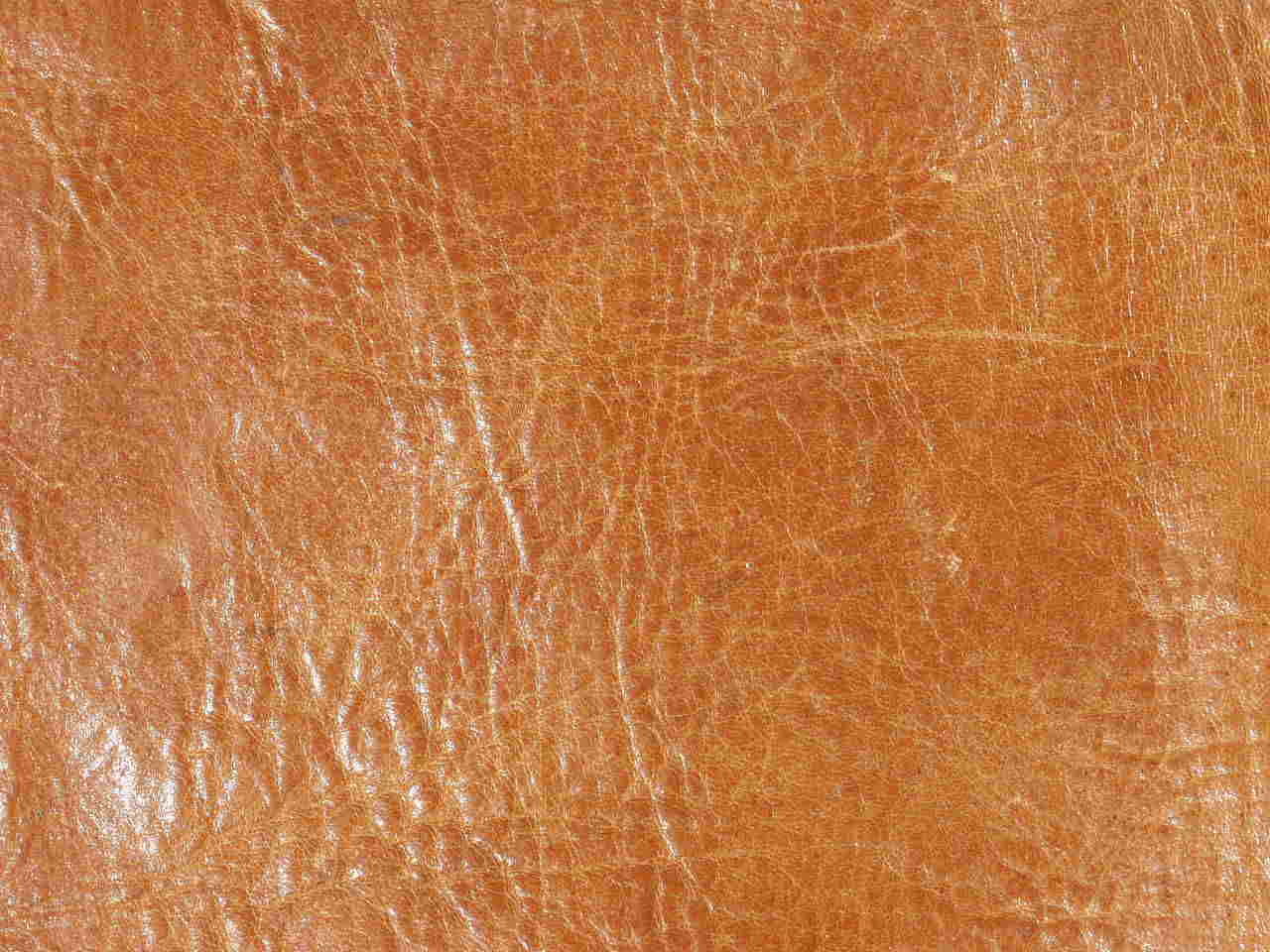Leather Dressing for Old Saddles
Preparation
This procedure describes the restoration of an American saddle, but the same process can be applied to any leather saddle. Since it's usually necessary to dismantle a saddle before restoration, follow these guidelines:
If you want to save the strings, first wet, or lubricate, them
- this makes the strings easier to undo and allows easier removal of the jockeys and skirts. A quicker method is to cut them beneath the rosettes and replace the strings.
The dismantling of a saddle to clean, lubricate and restore is a simple process. Sometimes it is difficult to remove the cantle and pommel covers, but often it is not necessary. Don't use too much force when removing brads, nails, or screws which hold the leather to the tree. Rough handling can result in rips or tears. After the jockeys are off, remove the skirts, stirrup leathers and attached fenders.
The Restoration
An important part of restoring is cleaning. Use warm water and soap (we recommend a pH balanced cleaner such as Lexol's pH Cleaner in the orange bottle). Use a soft nylon bristled brush to soften the leather, loosen grime, grease, grit; it will also rinse traces of sweat, urine and manure. Always keep the leather wet; this prevents sloughing off the top grain of old, dry leather. Rinse the leather several times.
Once the leather is clean, dry it until it's slightly moist. Then press, straighten, form and condition. Use Antique Leather Dressing for all the surface and flat items - coat leather at least three times. Leave each coat to stand a few days, allowing nature to take its course. Rub off any excess.
While the saddle is dismantled, wash the tree and give the rawhide covering a light coat of Leather dressing. If the sheep lining is fine, don't remove it. Otherwise, remove it and apply a light coat of Dressing to the flesh side.
In dry climates saddles should be conditioned approximately every four to six months. For more humid climates, a six to eight month schedule is adequate.
|
